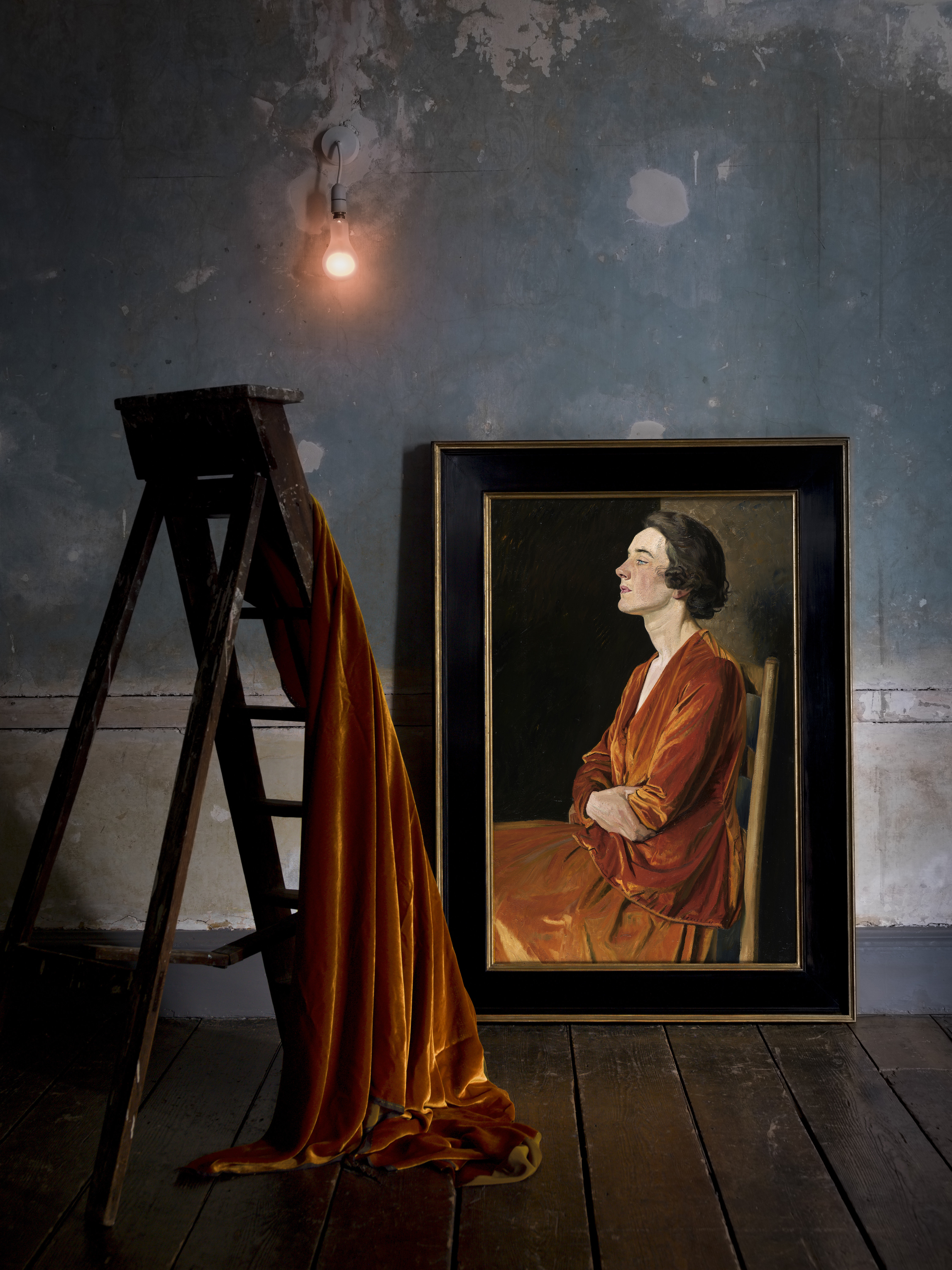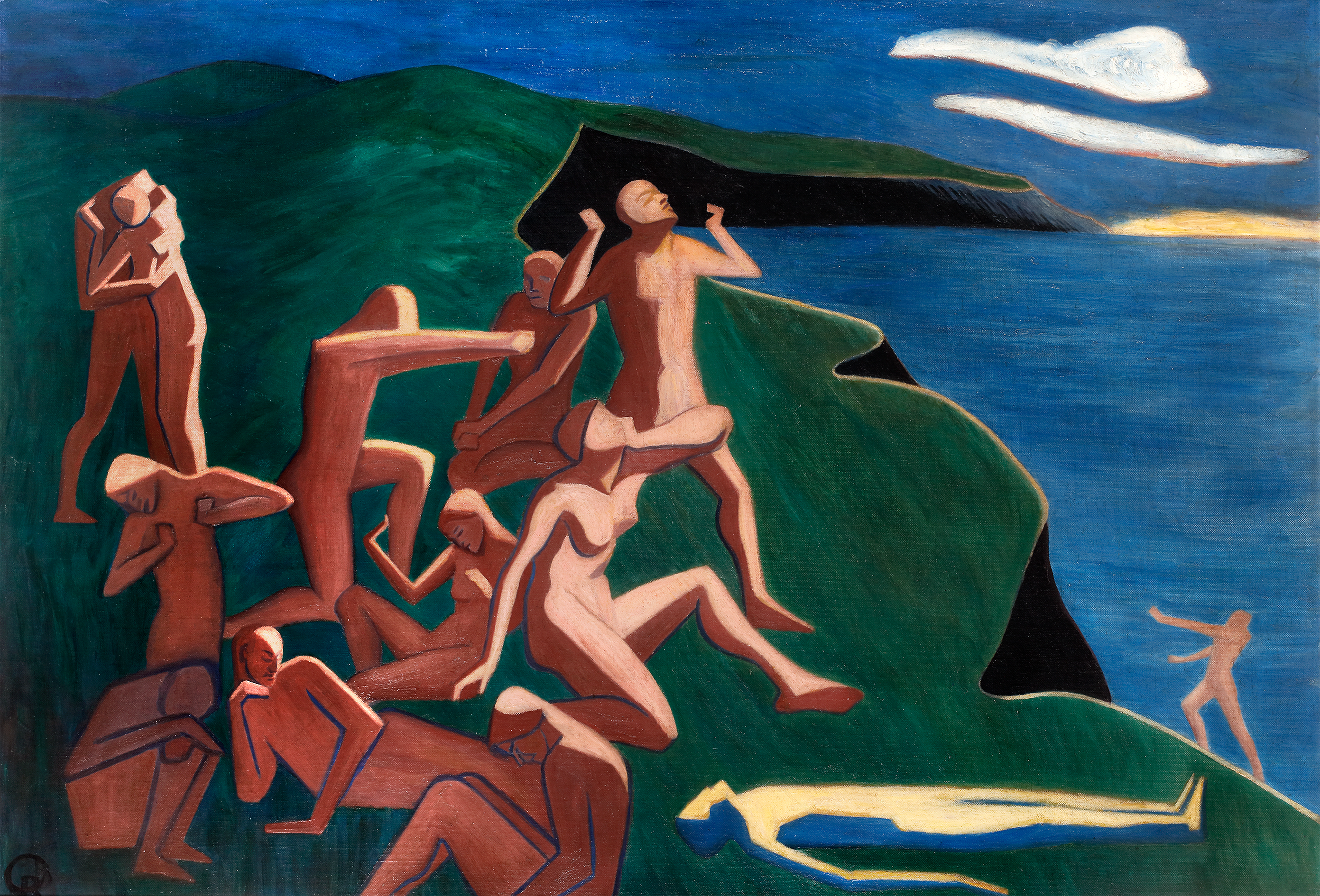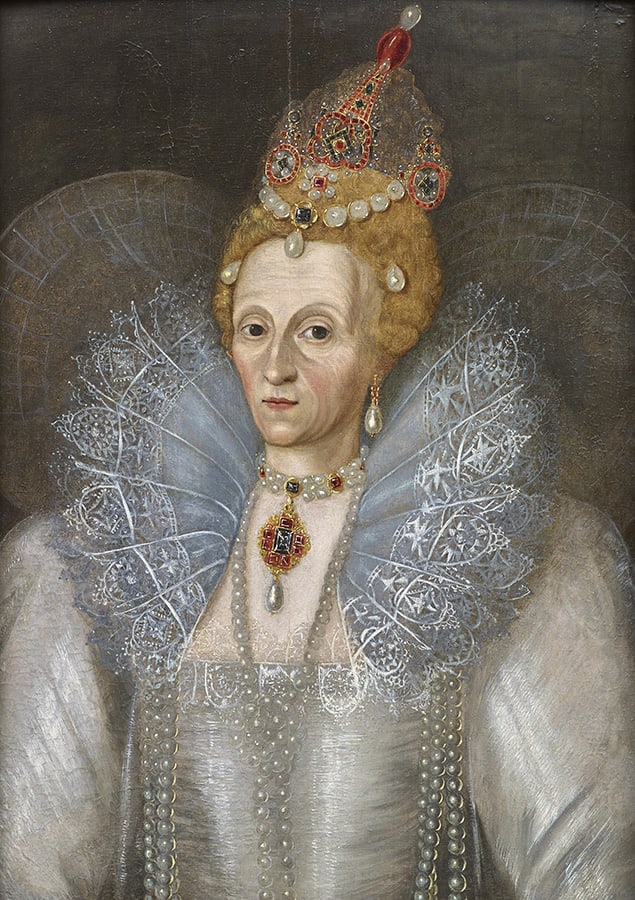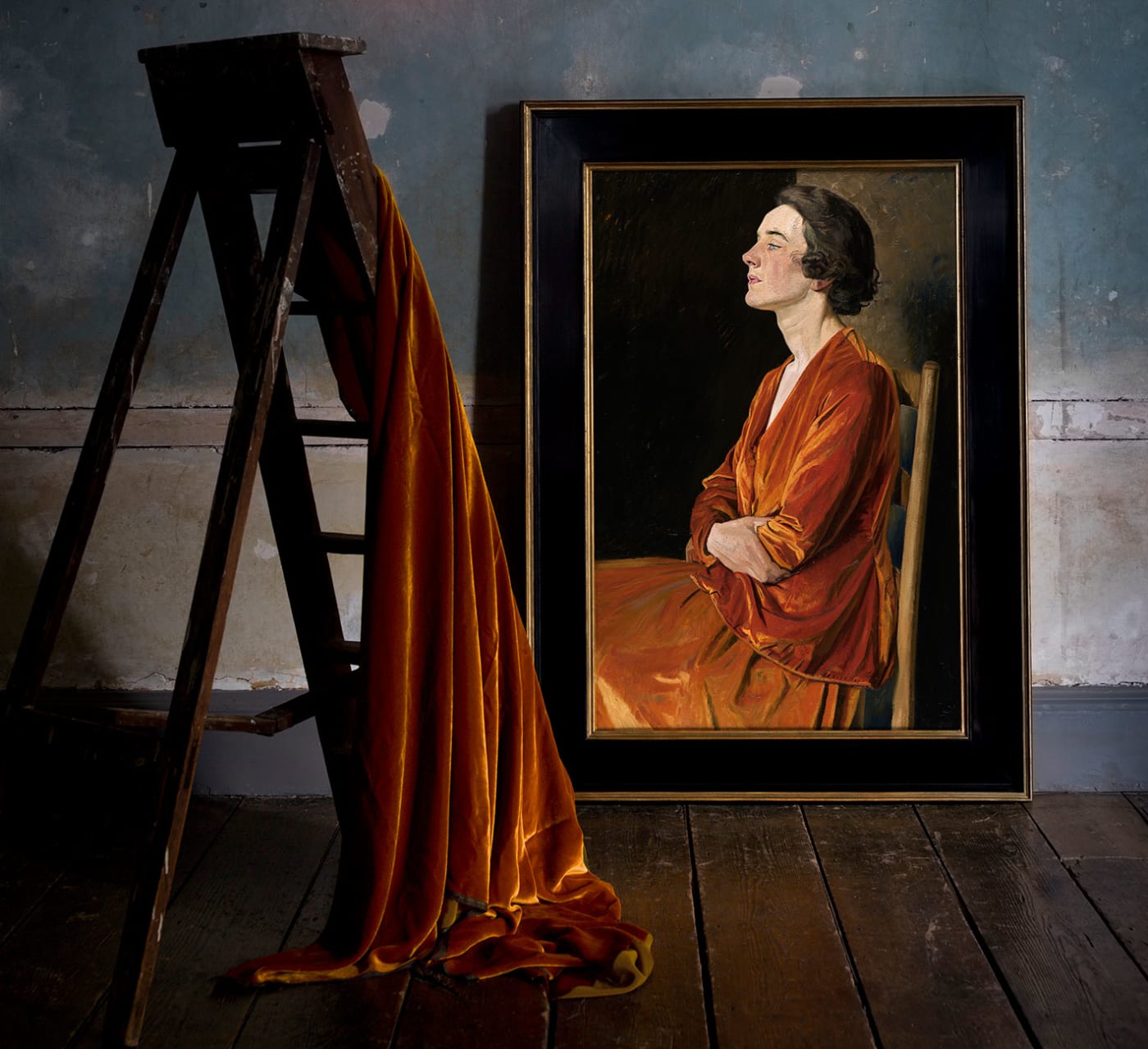Our gallery staff's favourite artworks from the Picture Archive
Approximately three thousand artworks have passed through the gallery in the last thirty years. We have asked each member of staff to choose their favourites, which can all be found in our newly launched Picture Archive.
Scroll down to read our personal responses to our favourite works from the archive!
Lawrence Hendra, Director & Head of Research
‘I have always loved this jewel-like Tudor portrait, which we’ve had the pleasure of handling twice over the last decade. On seeing it you are immediately struck by its scale – it is small, measuring a little over 16 inches high, but the level of detail and excellent state of preservation takes you by surprise.
The sitter is Mary Potter (née Tichborne) and she is shown wearing her finest clothes. The blackwork embroidery on her sleeves is as crisp as the day it was painted and her collar glistens with the original gold that was applied 458 years ago. The artist is known as the ‘Master of the Countess of Warwick’ who was recently the subject of an exhibition at Compton Verney: Tudor Mystery: A Master Painter Revealed which our gallery sponsored. The exhibition proposed, for the first time, a possible identity for the Master. You will have to order a copy of their exhibition catalogue to find out more!’
Click here to find out more about this work.

Catherine Mould, Director
‘I am fascinated by twins and their relationship with each other. I have twin nephews who differ in looks and personalities but retain a strong fraternal attachment. The twin sisters in this painting are not necessarily identical but the artist has used them to create a beguiling, lateral shaped painting of almost perfect vertical symmetry. One of the only departures from this – and establishing a keynote of affection to the portrayal – is the hand and thumb of the left-hand sister clinging to that of the other.’
Click here to find out more about this work.

Ellie Smith, Exhibitions Coordinator & Researcher
‘May I introduce Gladys Calthrop, a woman described as “small of stature but strikingly handsome, with an unmistakable chic all her own… Her head was held so high one wondered if she might be in danger of falling over backwards.” She’s the modern Mona Lisa, if Mona had a wicked sense of humour and a penchant for witty comebacks.
I love this portrait for so many reasons, but mostly I am captivated by Calthrop’s embodiment of nonchalant indifference. Her arms are elegantly folded and her heavy eyelids mask a faintly glazed gaze. This is so much more than a portrait, it’s a style manifesto. So move over, Mona; there's a new queen in town, and she's representing the pocket-sized powerhouses.'
Click here to find out more about this work.

Holly Smith, Gallery Assistant
‘One of the works from the picture archive which has captivated me is this Portrait of a Lady, by Lavinia Fontana (1552-1614). As the first professional female artist in Europe, her attention to detail and mastery in depicting rich fabrics, intricate jewellery, and elaborate costumes were truly exceptional. The way she highlighted these elements in her portraits not only showcased her technical prowess but also reflected the fashion culture, and artistic techniques of her era.’
Click here to find out more about this work.

Diana Bularca, Digital Manager
‘One of the works from the Picture Archive that has captivated me is Dawn, by Clara Birnberg (1894–1989), an emotionally charged painting that, I think, resonates deeply with Birnberg’s position as a migrant, a suffragette, a Pacifist, and an artist working at a time of great turmoil. There is something about the expressiveness of the figures, the symbolism of the cliff, and the boldness of her painting style that draws me to this picture, and I wish I could have seen it hanging at the gallery before it was sold a couple of years back.’
Click here to find out more about this work.

Valeria Vallucci, Researcher
'I am fond of this poignant likeness of Elizabeth I by a follower of Marcus Gheeraerts the Younger (c.1561-1636). Its sumptuous jewels and dress derive from the well-known ‘Ditchley’ portrait at the National Portrait Gallery. To me it is a quirky Memento Mori. It brings out the aging woman’s desperate fight for dignity and power, something I can easily relate to!'
Click here to find out more about this work.




